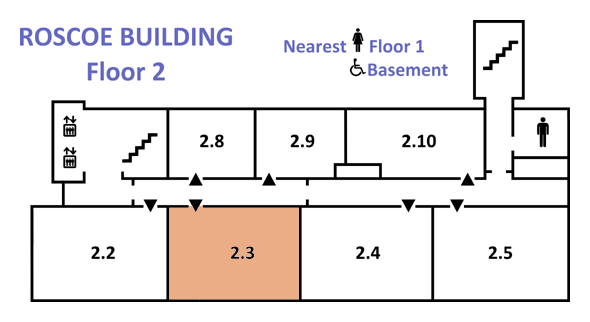
|
iCHSTM 2013 Programme • Version 5.3.6, 27 July 2013 • ONLINE (includes late changes)
Index | Paper sessions timetable | Lunch and evening timetable | Main site |

|
iCHSTM 2013 Programme • Version 5.3.6, 27 July 2013 • ONLINE (includes late changes)
Index | Paper sessions timetable | Lunch and evening timetable | Main site |
The classic image that comes to mind when thinking of the ‘mathematician at work’ is that of a man sitting alone at his desk, working with his pencil on a piece of paper. Modern historiography has taught us that this image is incomplete: mathematics and its history are more than just proofs. The mathematician is part of a social, economic and political context, he takes part in the communication with his colleagues through conversation, writing, print and teaching, s/he is as a human being also subject to historical, biographical and psychological fluctuations. Importantly, there is also a technological side to the mathematician’s work. Going beyond the mere pen-and-paper, the mathematician has always used instruments to assist him/her at work, instruments that help shape the mathematics (and vice versa). Recently, this impact has grown due to the multiple usages of the digital computer within mathematics. Mathematicians like P. Borwein thus claim that “computers [are] changing the way we do mathematics”. Indeed, computing machinery has changed how mathematical knowledge is obtained and (trans)formed. A historical and critical reflection on this discursive shift is necessary to put this (r)evolution in perspective. This symposium wants to be involved in this reflection by looking into the history of mathematician-machine interactions, embedding the current situation of computer-assisted mathematics into its proper context and historical evolution where the modern computer does not figure as a discrete transition point but rather as a part of a continuous and steady evolution that started in the industrial age and continues up to now.

